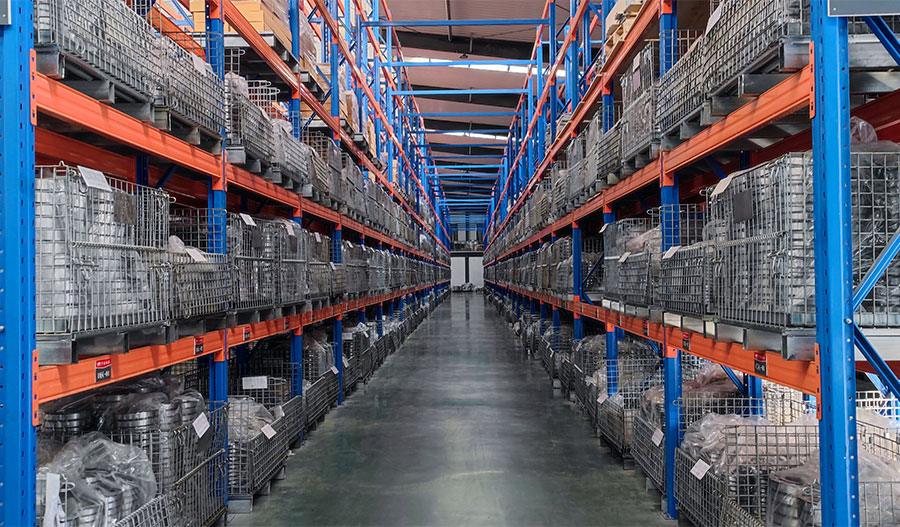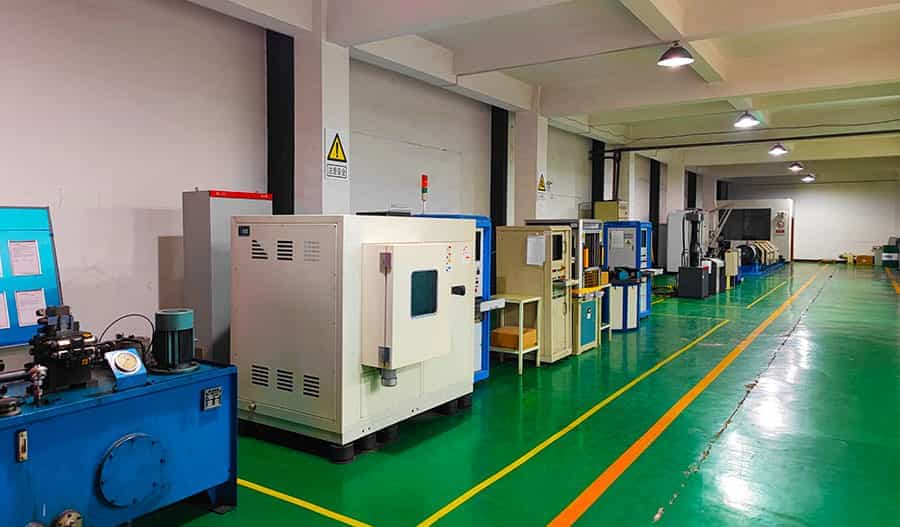WEBINAR
Deep Groove Ball Bearing
Learn MoreThrust ball bearing is a kind of rolling bearing used to bear axial load. It can be divided into different classifications according to its structure and usage. The following are some classification and selection guides for thrust ball bearings:
1. One-way Thrust Ball Bearing: This type of thrust ball bearing can only bear axial load from one direction. They are suitable for applications with axial loads in only one direction, such as fans, clutches and transmissions.
2. Bidirectional Thrust Ball Bearings: Bidirectional thrust ball bearings are able to withstand axial loads from both directions and are therefore very useful in bidirectional load applications. They are commonly used in applications such as construction machinery and automatic transmission systems.
3. Sector Thrust Ball Bearings: This type of thrust ball bearing has a special fairway design and is usually used to cope with uneven loads, such as in wind turbines.
4. Small Thrust Ball Bearings: Small thrust ball bearings are suitable for limited space and small load applications, such as small electronic equipment and instruments.
5. Large Thrust Ball Bearings: Large thrust ball bearings are suitable for industrial equipment and machinery that need to withstand large loads, such as heavy machinery and large generators.
When selecting a thrust ball bearing, the following are some important considerations and guidelines:
1. Load Type and Size: First, determine the load type (one-way or two-way), the size and direction of the axial load. This will determine the type and size of thrust ball bearing required.
2. Speed and Rotational Speed: Consider the speed and rotational speed requirements of the application to select appropriate thrust ball bearings and ensure that they are not damaged when operating at high speeds.
3. Temperature Conditions: Consider the temperature conditions in the application and select bearing materials and lubrication methods that can operate within the corresponding temperature range.
4. Lubrication and sealing: Consider bearing lubrication and sealing requirements to ensure bearing protection and reduced friction in harsh environments.
5. Installation and Maintenance: Consider bearing installation and maintenance requirements to ensure they can operate reliably over the long term.
6. Budget: Finally, consider budget constraints to select the appropriate bearing type and brand.
In summary, we need to consider many factors when selecting a thrust ball bearing, including load, speed, temperature, lubrication, installation and budget. Carefully analyze application requirements and select appropriate thrust ball bearing will help ensure system reliability and performance. It is usually recommended to consult the bearing manufacturer or professional engineer for more detailed selection advice.
WEEYH is jointly formed by China's top agricultural machinery parts factories, focusing on the R&D and production of agricultural machinery parts. About 200,000 sets of agricultural machinery related parts are produced by WEEYH'S factories and sent to the world every year.

We have a top testing laboratory, from material analysis to finished product inspection, each link has a corresponding testing process. More than 30 kinds of testing equipment have built the guarantee of WEEYH safety.

Call for online customer support get FREE BEARING SAMPLE
Online Quotation